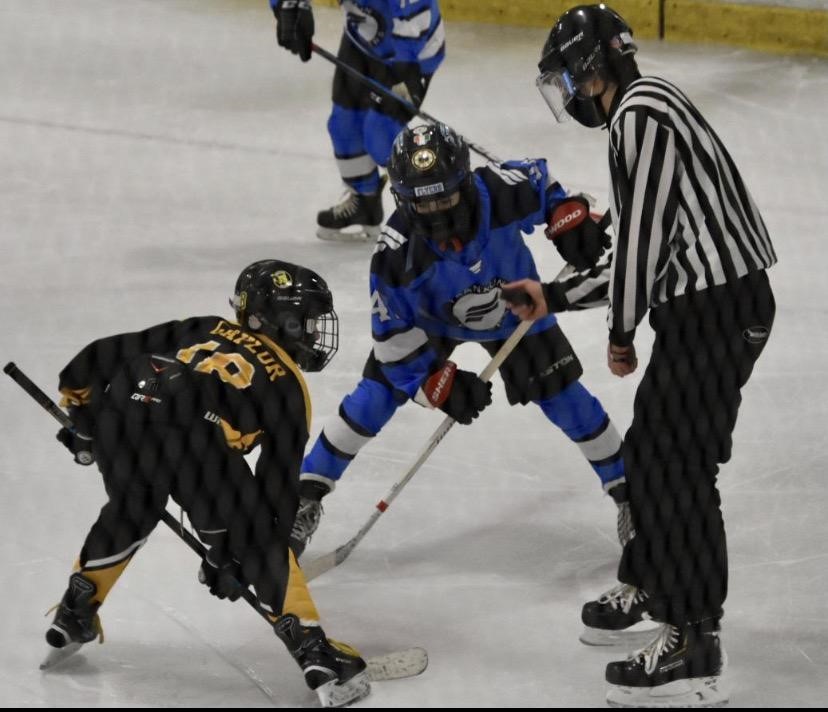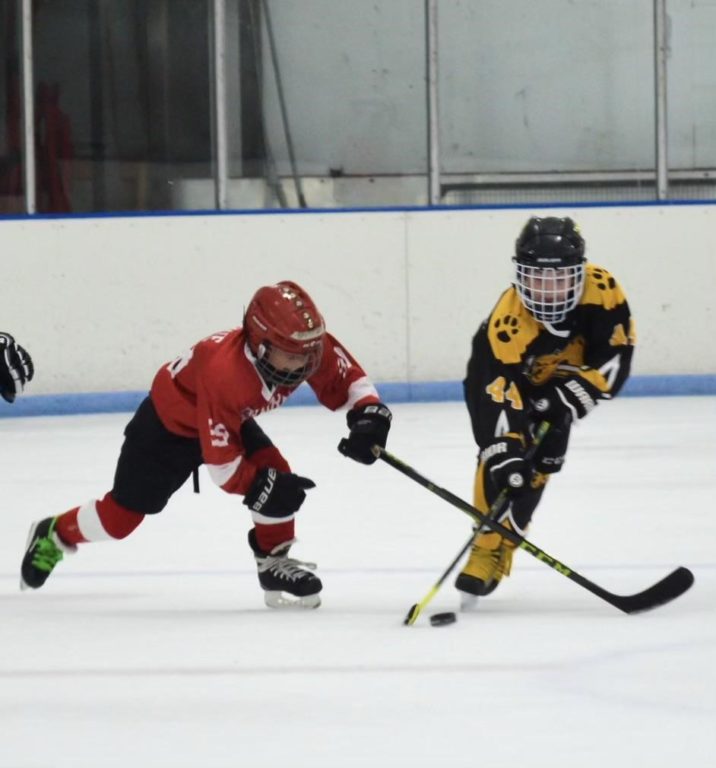


It’s 5am. Your kids hockey practice is in one hour. You know they should eat something, but what? You’re busy, they aren’t hungry and it’s time to go.
During tournaments, kids sometimes play three intense games in a single day–especially at the end of the tournament, when there’s more on the line.
Nutrition is a BIG key in how your kids play and feel. Many parents believe their kids can eat anything without affecting their performance. As a coach, I can testify to just how wrong they are. A kid who fades out 40 minutes into practice will get 33% less coaching time, because they’re too tired to improve. A kid who’s too hyper at the start of practice will usually distract the coach, or earn a few laps, which detracts from his time to learn. Kids who don’t eat breakfast simply won’t play their best.
Fortunately, there is a way to help fuel your kids and it doesn’t involve force-feeding them. Here are three components to focus on.
- Protein
Protein builds muscles. On game day, eating protein can help by slowing down the absorption of carbohydrates. Protein slows that breakdown, helping with sustaining energy levels for longer. You need protein and/or fat with carbs on game day. But what type of carbs?
2. Carbs
Your body primarily runs on carbohydrates during sport. But just like gas in a racecar, you don’t want to run out. If you’re eating sugar, white flour or fruit without anything else, you’ll get a massive energy dump at first…and then nothing when you need it later.
We want to keep those energy levels consistent, so we need quality carbs – veggies! Vegetables provide a less roller coaster release and a steadier output of energy when coupled with protein and/or fats. No energy crashes or hyper episodes, just steady energy.
What are some of the worst carbs to eat? Breakfast bars. Muffins. Bagels.
3. Fat
Fats don’t make you fat. Kids need fat in their diet (so do adults, especially in New England, where our skin dries out and our brain gets depressed in the winter.) Fats are a secondary energy source. When the carbs are gone, fats fuel the fire. Use nuts and seeds to provide healthy fats. Heck, eat bacon: I’d rather coach a kid who ate bacon for breakfast than one who had a bagel.
BONUS: The carb-up myth.
Some parents and coaches believe that kids should “carb up” before a practice or game and feed them a bagel or pasta. This isn’t true, will decrease performance, and should be stopped!
Feeding a kid a bunch of grain-based food immediately before practice will slow him down. Grains pull water out of the muscle and into the stomach, causing cramps, an “overfull” feeling, and sluggishness. Want to slow down a racehorse? Give him a pail of grain right before a race. Want to slow down your kid? Do the same.
If given a giant bowl of pasta the night before an early practice, your child’s stomach will be clear. But the insulin spike from the carb-heavy meal will leave them with a sugar crash in the morning; they’ll feel tired, crabby and sluggish until they eat more sugar, and then ride that roller-coaster all day.
Even most marathon runners, who need prolonged energy at low levels over several hours, are starting to trend away from this bad habit and instead opt for a combination of carbs, protein and fat the night before a race.



Adults tend to choose foods based on taste, but research shows this isn’t true for kids. Kids make food choices based on, in this order:
1. Novelty
2. Texture
3. Taste.
“Novelty” can mean appearance, or activity surrounding the food, or presentation. If you look at packaging on “kid food” as an adult, you’ll think the manufacturer went way overboard on bright colors and shooting stars. But they know better: to a kid, the shiniest box contains the best-tasting food. Luckily, we can use their knowledge for our own (less-evil) purposes.
Packaging food in a unique way, arranging it on the plate to make a picture, making it finger-edible, placing it in a different spot in the house…kids’ brains are wired to pay attention to novelty. These things all help. Filling a special “hockey day” bowl with grapes, nuts and cheese to eat on the way to the rink can help. A picnic on the floor while sorting hockey equipment can also help. A final tip: turn off the tv while getting ready in the morning; no meal can compare to the shiny distractions on the screen. Letting kids choose their fruit in the grocery store can also help, because their sense of ownership will combine with the novelty factor.
Texture: in the morning, stick to crunchier, more texture-rich foods. While some kids will eat a banana (or yogurt) in the morning, cereal companies bank on how a food FEELS when it’s being eaten. It’s psychological, but few people wake up starving, and eating soggy cereal is unappealing anytime. What’s crunchy? Fruit. Nuts.
Taste: It has to taste good, but that doesn’t mean you need sugary cereal or fake yogurt in tubes. “Natural” sugars like syrup and fake honey aren’t better than table sugar, but fruit goes a long way.
Your kid doesn’t need a big breakfast, and it doesn’t have to be perfect every time. Some cut up fruit or raisins; a little handful of nuts; and a piece of cheese or stick of bacon will go a long way. Even let them pick their ingredients for a smoothie with their favorite fruits and veggies along with some Greek yogurt for protein. But when a kid hops out of the back seat with a Dunkins’ bagel and a hot chocolate, her coach knows she’ll be hyper for the first ten minutes, then tired and cranky for the next 50.
GOOD-BETTER-BEST
We approach eating on a scale of “Good-Better-Best.”
Good: they ate something. This isn’t enough for athletes, but kids who are just lazing around the house can get by with cereal in the morning.
Better: they had some protein with their breakfast carbs. Cereal bars can be okay from time to time if paired with an egg or bacon.
Best: they practiced solid nutrition for at least three days before a tournament. Treats once every three days or so (rather than 3x/day.)
“Eat meat and vegetables, nuts and seeds, some fruit, little starch and no sugar.” – Greg Glassman, founder of CrossFit.
Need more help? We’ll come and talk to parents on your team for FREE. Email [email protected] to schedule an appointment.

